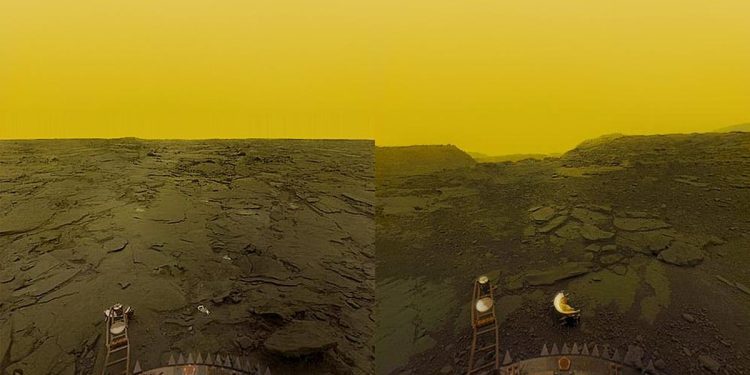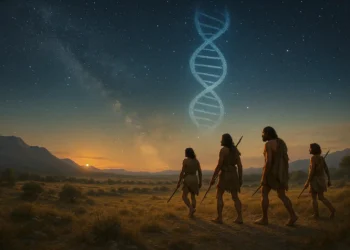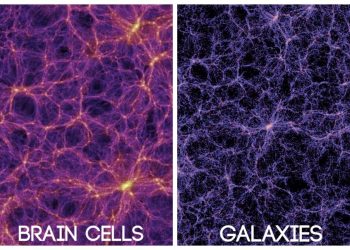In the 1960s, the Soviet Union led the race to explore space. Their ambitious space program paved the way for numerous scientific achievements, including the launch of Venera 3, the first man-made object to reach another planet.
The Mission of Venera 3
Venera 3 was launched on November 16, 1965, with the objective of landing on Venus. It was a space probe designed to gather information about the planet’s atmosphere, composition, temperature, and other vital parameters. The spacecraft consisted of a spherical capsule housing scientific instruments attached to a station that provided propulsion, power, and communication. Notably, the communications system aboard Venera 3 failed before any planetary data was returned.
Challenges and Partial Success
The mission was not without challenges. Venera 3 had to withstand intense heat, pressure, and radiation during its journey through space and the descent into the Venusian atmosphere. Unfortunately, despite the scientific community’s excitement and the Soviet Union’s best efforts, the mission was only partially successful. Venera 3 crash-landed on Venus, and the capsule’s scientific instruments failed to transmit data due to the extreme conditions.
Significance of Venera 3’s Accomplishment
Nonetheless, the mission had a significant impact on the scientific community. Venera 3’s successful launch and the subsequent impact on Venus proved that space exploration was not just a fantasy but a tangible reality. The mission paved the way for future spacecraft, such as the Venera series, to gather information and conduct experiments on Venus. The information gathered from these missions has helped scientists better understand the planet and its composition, including the discovery of its hostile environment and the greenhouse effect caused by its thick atmosphere.
Legacy of Venera 3 and its mission to Venus
Moreover, Venera 3’s mission inspired the space race and increased international competition in space exploration. The Soviet Union’s success with the Venera program put pressure on the United States to increase its investment in space exploration.
Venera 3 was a groundbreaking mission that paved the way for future space exploration missions. Despite its partial success, the mission proved that humans could send objects to other planets and gather data, increasing our understanding of the universe. Its success inspired further exploration and international competition, leading to significant advancements in space exploration. The legacy of Venera 3 and its impact on space exploration continues to be felt today.
The only images sent back from the surface of Venus
Please note that the featured image dost not display photographs taken by Venera 3, but by later Venera missions to the surface of Venus.
PLEASE READ: Have something to add? Visit Curiosmos on Facebook. Join the discussion in our mobile Telegram group. Also, follow us on Google News. Interesting in history, mysteries, and more? Visit Ancient Library’s Telegram group and become part of an exclusive group.











